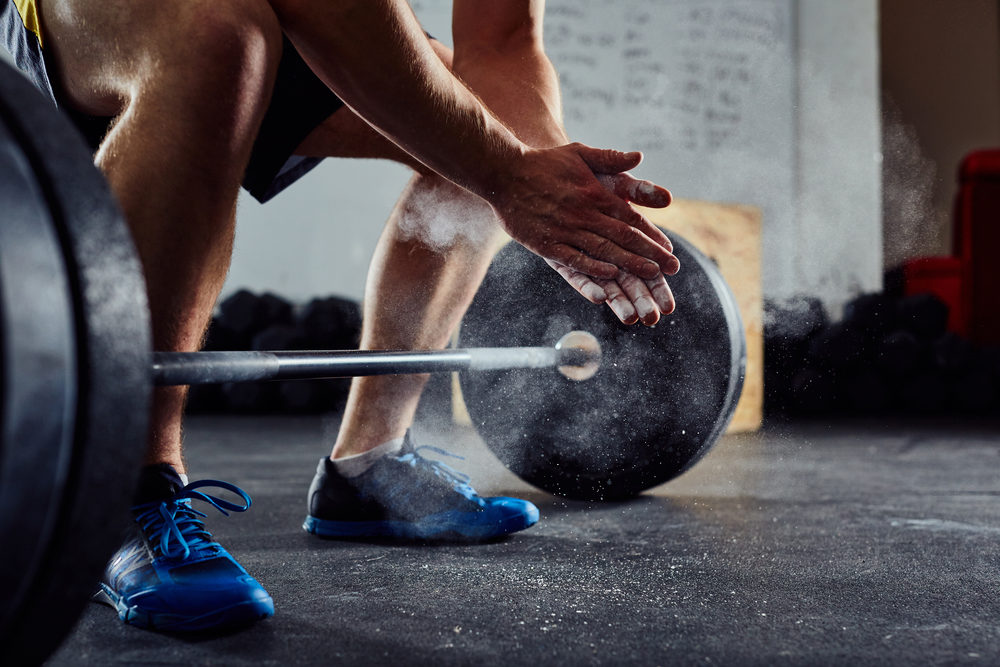Your back, shoulders, and knees carry a heavy load when you lift weights. But you can avoid common injuries with these three simple tips.
Weightlifting tones your muscles and builds strength, but it can also be hard on your back, shoulders, and knees. In particular, the repetitive nature of lifting weights increases your chance of developing overuse injuries.
This article examines some common injuries weightlifters face, as well as safety tips to help you make the most of your workouts.
Common Weightlifting Injuries
Lifting heavy weights overhead puts pressure on your back, which can rupture the discs between the vertebrae in the spine. Herniated discs may occur during deadlifts, while repeatedly bending forward or backward can lead to a sprain or tear in a ligament. Spondylolysis — a series of stress fractures in the vertebrae — is another common injury seen among weightlifters.
Weightlifters are prone to two types of shoulder injuries: AC joint osteolysis (also known as weightlifter’s shoulder) and SLAP tears. The AC joint connects the end of the clavicle and the acromion bone (the bone at the top of the shoulder). When weightlifters extend their elbows behind their shoulders, the movement stretches the ligaments surrounding the AC joint. If the ligaments are stretched too far, the acromion bone rubs against the clavicle, which leads to stress fractures, or AC joint osteolysis. A shoulder labral tear, or SLAP tear, refers to a tear in the cartilage that binds together the ball and socket of the shoulder joint. SLAP tears can develop over time or result from a sudden overextension of the shoulder.
Weightlifting also puts substantial stress on the knees, particularly when doing squats. Repeatedly bending the knee may lead to patellar tendonitis, an inflammation of the tendon between the kneecap (patella) and the shin.
Preventing Weightlifting Injuries
The good news is that these injuries are preventable if you follow some simple precautions. Here are three tips to keep your bones and joints protected while lifting weights:
- Follow Proper Form. Performing a lift using the incorrect form or posture increases the chance of an injury. For example, arching your back when doing overhead lifts exerts downward pressure on the spinal vertebrae and can lead to a ruptured disc. Instead, rely on your leg muscles when lifting and maintain a straight spine. If you’re unsure of the proper technique, work with a trainer who can teach you the right approach for each lift.
- Stretch. A strenuous workout like weightlifting demands you prepare your muscles before you start your lifting cycle. Warming up with stretching exercises keeps your body flexible and less susceptible to sprains and strains. When the session is complete, be sure to stretch your muscles again as you cool down.
- Know When to Rest. While it’s normal to feel sore after a workout, continuing to lift weights when you feel pain sets the stage for an injury. Your body needs to rest in order to heal between sessions. If the pain doesn’t go away after a day or two, you may want to visit an orthopedic specialist.
Treatment for Weightlifting Injuries
The sports medicine experts at New York Bone & Joint Specialists are experienced in treating a variety of orthopedic injuries. We help our patients overcome weightlifting injuries with customized physical therapy and arthroscopic surgery, if necessary. Contact us to set up an appointment and we’ll help get you back to the gym as soon as possible.




